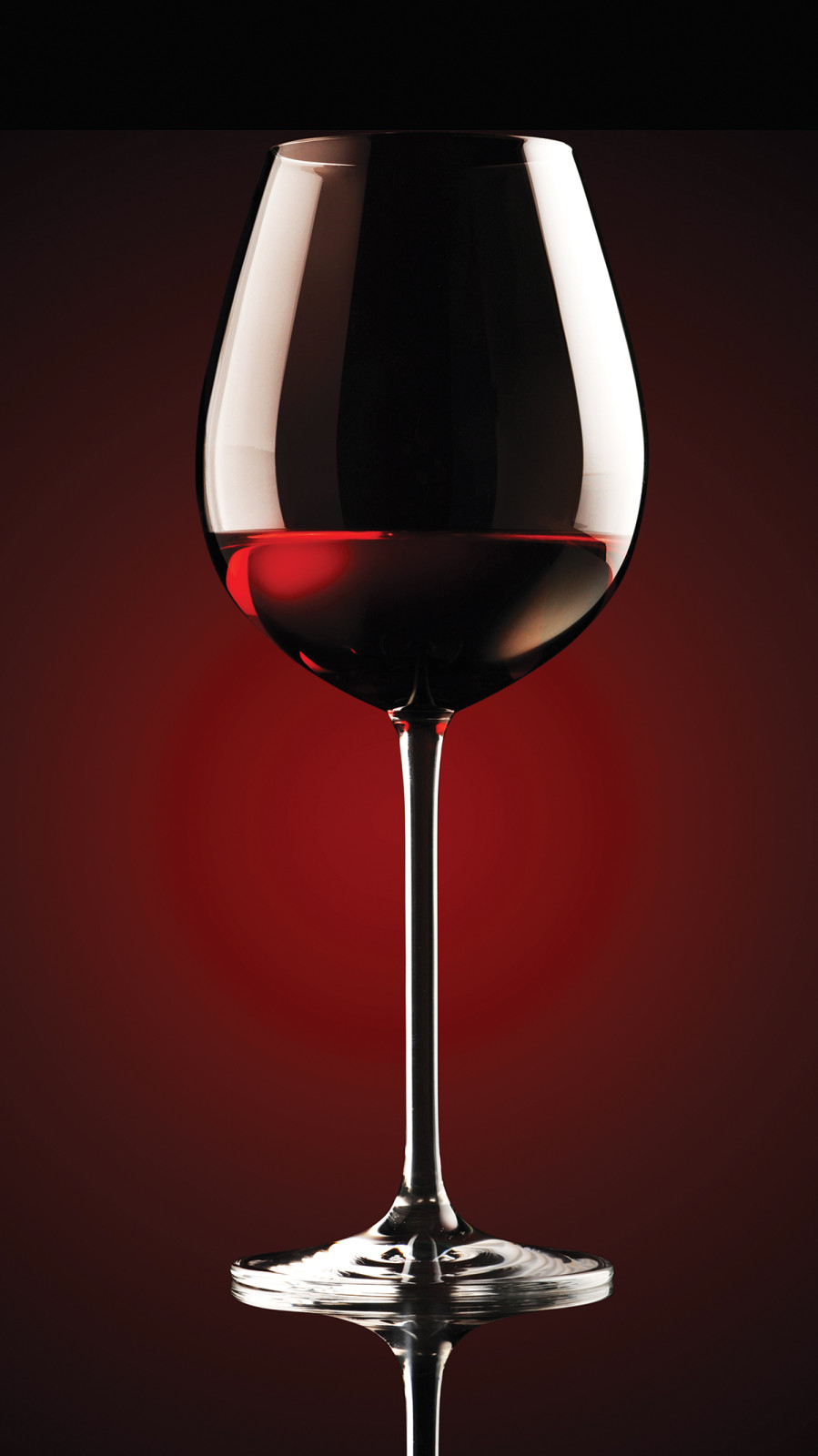By Elspeth Brown
October is the month when the weather starts getting cool and we all begin to get cozy. I start making beef stews, and get ready for Halloween and the holidays. I pack the store with rich reds in preparation for customers searching for warming wines. The Primitivo grape is my go-to wine for this season. Primitivo and Zinfandel grapes are the same. They descended from a Croatian grape called Crljenak Kaštelanski—however one pronounces that.
 The Primitivo grape got its name because the grapes ripen much earlier than other varietals. The majority of Primitivo is grown in the southernmost part of Puglia, in southern Italy. Puglia is one of Italy’s largest and warmest regions. Southern Italy is also still the place to find amazing values. Zinfandel grape is grown primarily in California. Both grapes like warm, temperate, coastal regions, but they do grow differently. California Zinfandel ripens with high sugar levels, while Primitivo ripens with a heartier, drier version.
The Primitivo grape got its name because the grapes ripen much earlier than other varietals. The majority of Primitivo is grown in the southernmost part of Puglia, in southern Italy. Puglia is one of Italy’s largest and warmest regions. Southern Italy is also still the place to find amazing values. Zinfandel grape is grown primarily in California. Both grapes like warm, temperate, coastal regions, but they do grow differently. California Zinfandel ripens with high sugar levels, while Primitivo ripens with a heartier, drier version.
As it is for many “up-and-coming” grape varietals, Primitivo was not thought of highly and was used as a blending grape for most of the 19th century. It was one of Italy’s most prolific grapes, but was shipped to other parts of the country to add color and structure to lighter Italian red wines.
Fortunately for Puglia, and Primitivo growers, the grape has had a resurgence. Wine drinkers have become very excited to drink a spicy, rich red wine that has similarities to California Zinfandel while not quite the same. While both grapes produce high alcohol wines and bold fruit flavors, there are still some distinct differences.
Zinfandel typically has bigger, brighter fruit flavors and a spicier, more peppery finish. Primitivo showcases leaner, earthier, rustic tasting profiles. Primitivo wine has components of dark chocolate, tobacco, blackberries, licorice and black pepper. As most wines do, Primitivo has definite differences when aged in stainless steel as opposed to oak barrels. When aged in stainless steel, the red wine will typically taste younger, fresher and lighter-bodied. Primitivo wine that has been aged in oak tends to be fuller-bodied with spicy, softer tannins.
Primitivo pairs perfectly with heavy pasta dishes, braised meats, curries, mushrooms and roasted turkey—just in time for Thanksgiving. The DOC with the most significant production of Primitivo is Primitivo di Manduria DOC. It produces almost 20 million bottles of Primitivo each year. Salento is second in production with 16 million bottles a year. The wines from Primitivo di Manduria DOC do express a little more character and richness than other areas since they are harvested from older vines. While I prefer the richer, heavier and more luscious style of an old-vine, oak-aged Primitivo during the fall months, I have been hard-pressed to find a Primitivo wine that I did not enjoy. They are all quite lovely.
As the weather cools down, grab a bottle of Primitivo to enjoy while wrapped in a blanket on the porch as the leaves fall around you and the wine warms your soul.
Elspeth Brown is the owner of Maggie B’s Wine & Specialty Store, 10 C South Main Street in Weaverville. For information visit MaggieBsWine.com or call 828.645.1111.






